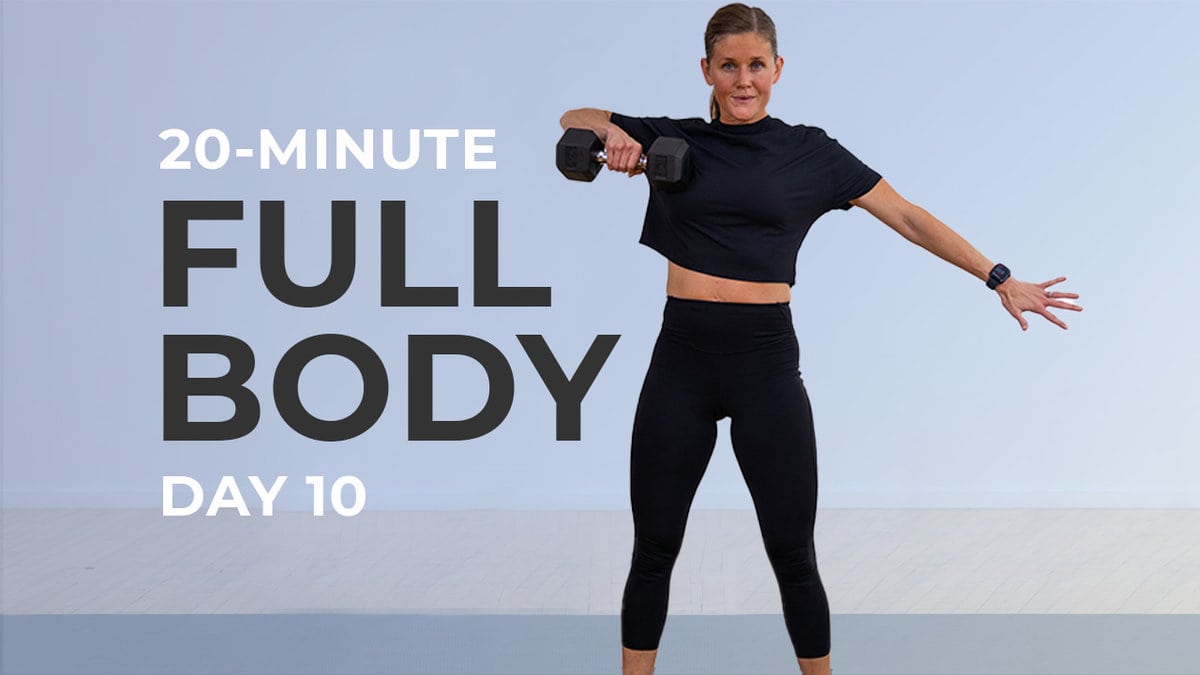Rise by Six: Your Daily Dose of Inspiration
Explore insights and stories that elevate your day.
Functional Fitness: Breaking a Sweat, Not a Bone
Discover how functional fitness helps you break a sweat safely, enhancing strength and mobility without risking injury. Transform your workout today!
Functional Fitness: Top 5 Benefits for Everyday Movements
Functional fitness is gaining traction as a popular approach to training, focusing on exercises that mimic everyday activities. By incorporating movements like squats, lunges, and lifting, this type of fitness enhances your ability to perform daily tasks with greater ease. One of the top benefits of functional fitness is improved strength in the muscles you use most frequently in your daily life. This translates to better performance at home, work, or during recreational activities, allowing for greater independence and confidence in your body’s capabilities.
In addition to strength, functional fitness promotes flexibility, balance, and stability, key components for maintaining a healthy lifestyle. By engaging in exercises that challenge your balance, like single-leg squats or stability ball workouts, you can reduce your risk of injury, especially as you age. Moreover, incorporating functional movements into your routine can enhance your coordination and agility, which are vital for activities like climbing stairs or playing with children. Ultimately, functional fitness not only improves physical performance but also enhances your overall quality of life.

How to Avoid Injuries While Building Strength with Functional Fitness
Building strength through functional fitness can be both rewarding and invigorating, but it also comes with its own set of risks. To prevent injuries, it's vital to start with a comprehensive warm-up routine that prepares your muscles and joints for the demands of your workout. This may include dynamic stretches, mobility exercises, and light cardio to increase blood flow. Additionally, understanding proper form and technique is crucial. Consider working with a qualified personal trainer or seeking instructional videos that emphasize safe practices, as this can significantly reduce your risk of injury.
Another effective way to mitigate injuries while practicing functional fitness is to gradually increase the intensity and complexity of your workouts. Start with basic movements and gradually integrate more challenging exercises as your strength and confidence grow. It's also important to listen to your body; if you experience pain or discomfort, don't hesitate to take a step back and reassess your approach. Lastly, incorporating adequate recovery times and nutrition into your routine will help your body repair and strengthen, making you more resilient to injuries in the long run.
What is Functional Fitness and Why is it Essential for All Ages?
Functional fitness refers to a training regimen that prepares individuals for real-life activities and movements. Unlike traditional weightlifting or gym workouts that may focus on isolated muscles, functional fitness emphasizes exercises that replicate everyday tasks, enhancing strength, balance, and flexibility. This can include a variety of movements such as squats, lunges, and pushes, often combined in a circuit format. By training the body to work more effectively as a whole, participants not only improve their physical capabilities but also reduce the risk of injury, making it a crucial element of any fitness routine.
One of the most significant advantages of functional fitness is its adaptability for all ages. Whether you're a young athlete or an older adult, the principles of functional training apply to everyone. For instance, seniors can benefit greatly by increasing their functional strength, which aids in everyday tasks like climbing stairs or getting up from a chair. Conversely, younger individuals can enhance their performance in sports by developing core strength and agility. Ultimately, integrating functional fitness into your routine not only promotes a healthier lifestyle but also fosters independence, making it essential for all age groups.